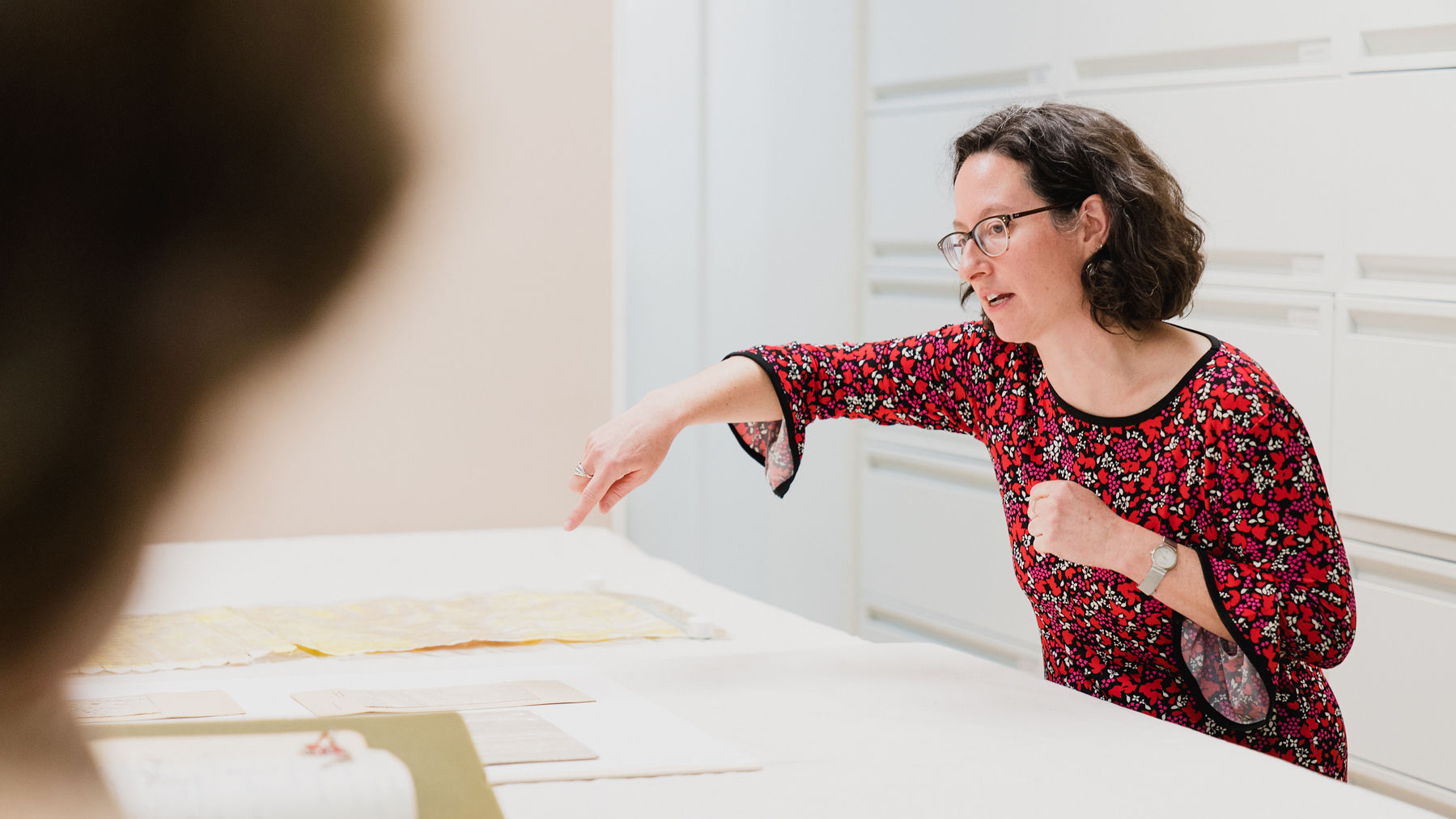Design Talk | Trude Guermonprez and Lanette Scheeline: Breaking Boundaries with Design


In mid-twentieth century San Francisco, two women explored new directions in weaving and the design of fabrics and wallcoverings. Join us to discover the works of émigré Trude Guermonprez (1910-1976), an inventive and inspiring weaver, textile designer, and teacher, and her contemporary Lanette Scheeline (1910-2001), a Bay Area native who operated a successful textile and wallpaper design business.
TALK + COLLECTION VIEWING + WORKSHOP
Cooper Hewitt explores the undeniable impact that California’s warm, vibrant landscape and cultural optimism had on the work of these two figures who, although successful in their time, are often overlooked today. Sarah Vezina, a graduate student in the History of Design and Curatorial Studies program offered jointly by the Parsons School of Design and Cooper Hewitt, Smithsonian Design Museum presents a talk investigating the innovations that Guermonprez and Scheeline made in the fields of fiber art and design, and examine the moments when their two distinct career paths converged.
ABOUT THE DESIGNERS
Trude Guermonprez (American, b. Germany, 1910–1976)
Trude Guermonprez’s weavings helped to expand the boundaries of her craft during the early years of the fiber art movement. Her original artworks included painted warp “textile graphics,” three-dimensional “space hangings,” and brocade “word hangings.” An influential weaving teacher, Trude Guermonprez’s students continued her legacy of experimentation and several went on to become well known fiber art practitioners. Guermonprez also produced architectural commissions and designs for industrial manufacturers over the course of her career.
Lanette Scheeline (American, 1910–2001)
Lanette Scheeline’s lively designs were often inspired by the view from her studio window, and common motifs in her work include exotic and local flowers and trees, marine scenes, and natural and built landscapes. Scheeline hand-printed custom textiles for interior decorators and designed wallpapers and fabrics for industrial manufacturers. Her customizable wallpaper tree murals, with their ability to “grow” up the wall and across the ceiling, were an innovation in wallpaper design, possibly unique to this designer.
This program received funding from the Smithsonian American Women’s History Initiative.